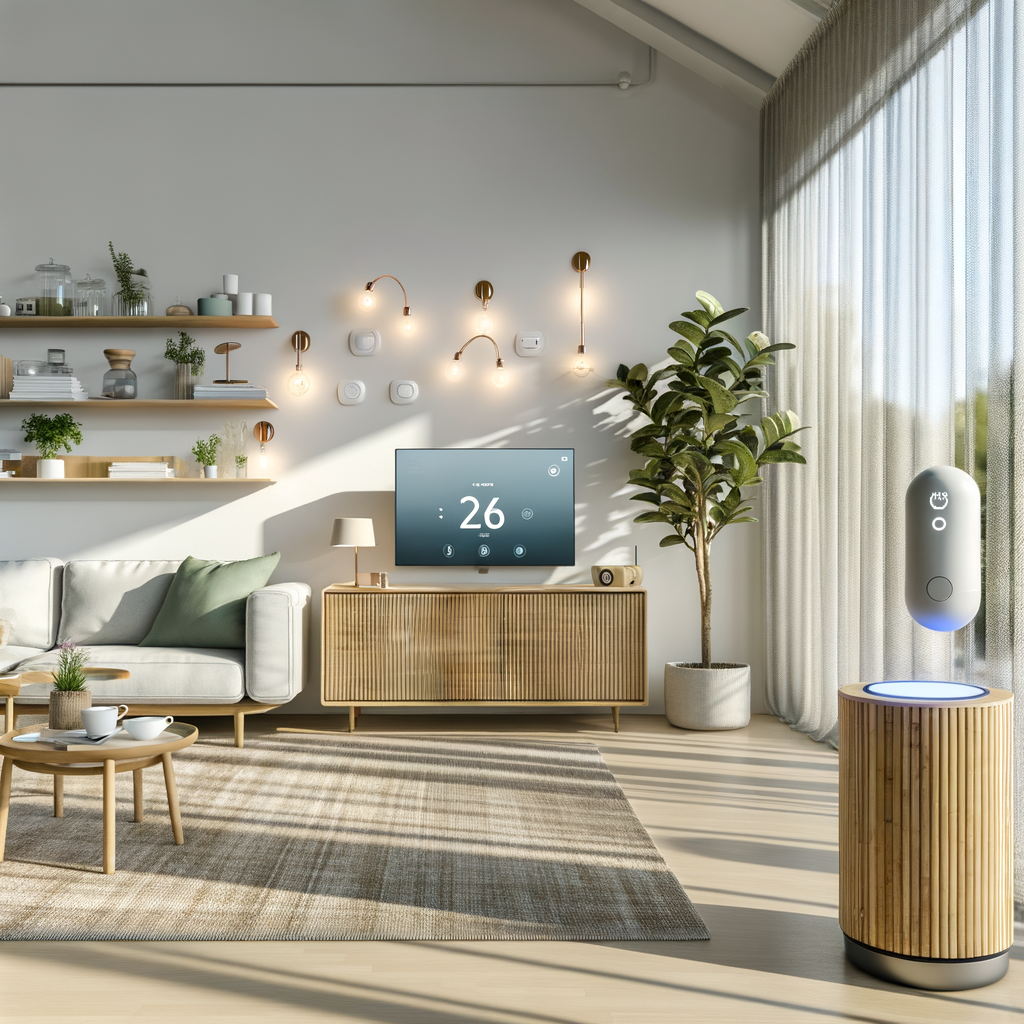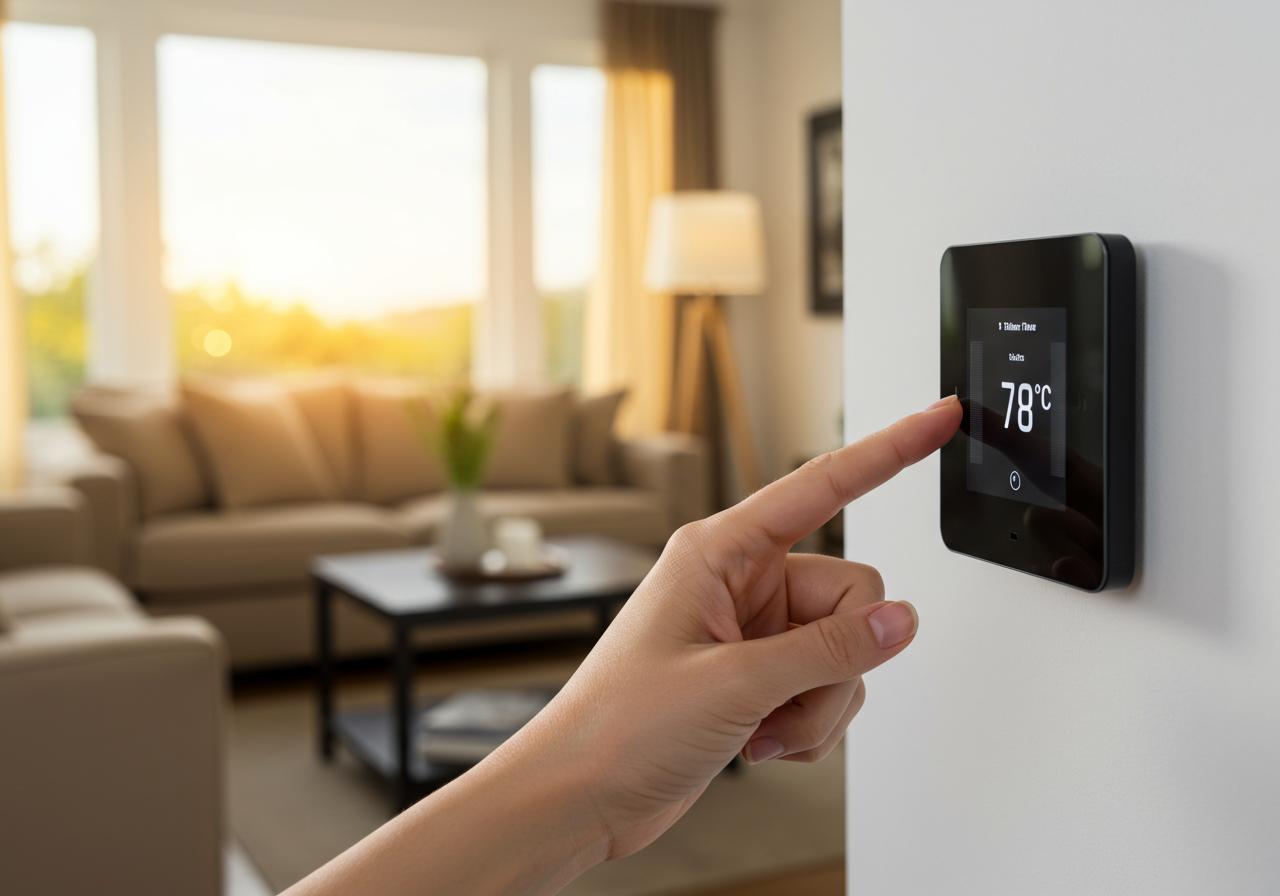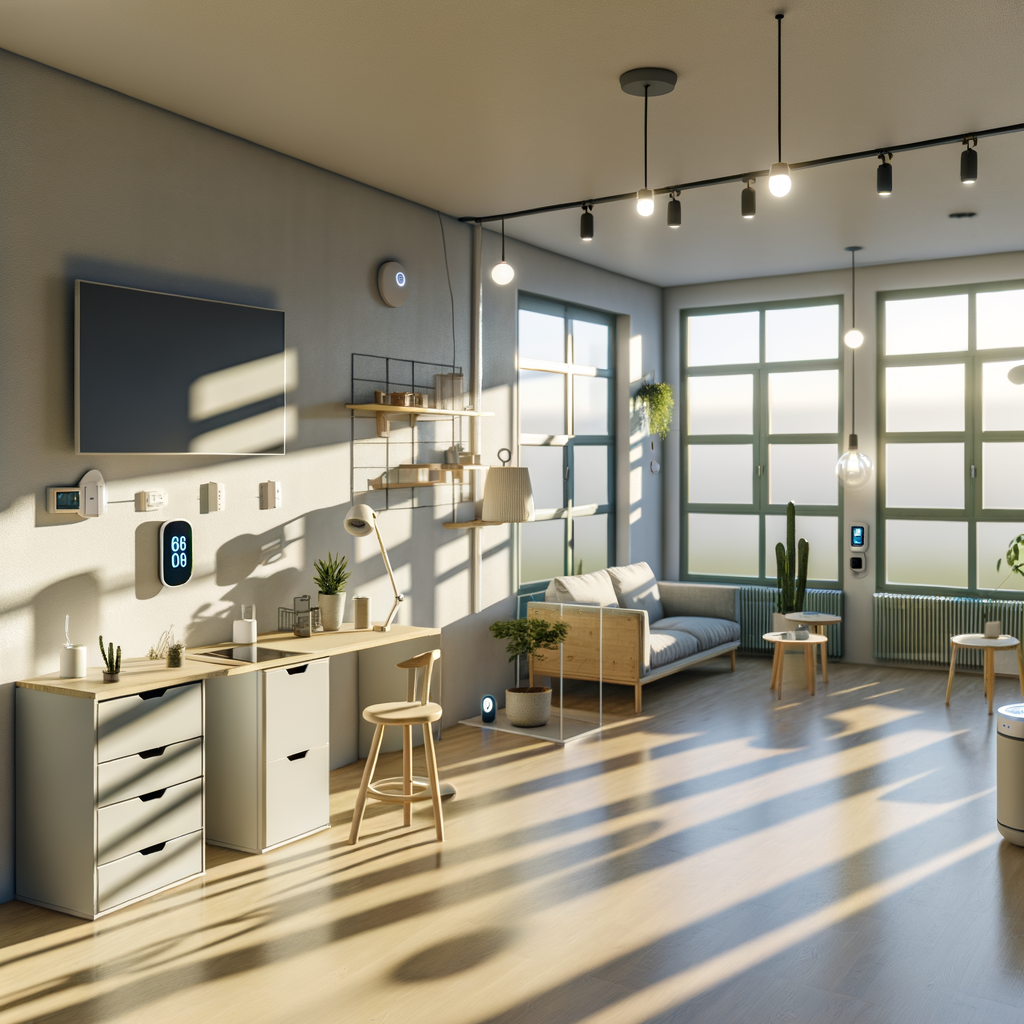Myth-Busting Smart Homes: 7 Common Misconceptions Renters Have About Eco-Friendly Tech
Thinking about turning your rental into a smart, eco-friendly home? You’re not alone—but you might be holding back due to common myths. The truth is, smart home technology isn’t just for homeowners or tech geeks. Today’s devices are cheaper, more portable, and easier to use than ever before, making green living accessible for renters, too.
Let’s separate fact from fiction and reveal how eco-friendly smart tech can work for renters on any budget or lease agreement.
Why Eco-Friendly Smart Tech Matters for Renters
Smart home devices do more than add convenience—they can help you:
- Lower your utility bills
- Reduce your carbon footprint
- Boost comfort and security
But widespread myths may keep you from making the upgrade. Let’s tackle the most common misconceptions and empower your next eco-friendly move!
Myth #1: “Smart Home Devices Require Permanent Installation”
Many renters think smart tech means drilling holes, rewiring, or making permanent changes—which could violate your lease. Thankfully, this isn’t true for most products!
What’s the reality?
- Most smart devices are designed for renters and are 100% portable
- Tools like smart plugs, sensors, and lights work via your Wi-Fi—no hardwiring needed
- Self-adhesive strips or command hooks let you mount devices safely and remove them without a trace
Actionable Advice:
- Choose plug-and-play devices like smart bulbs, plugs, and Wi-Fi thermostats with battery power
- Check your lease and talk to your landlord about more advanced upgrades, like smart thermostats—they may even help with installation!
- Before moving out, just unpair and pack your gadgets for your next apartment
Myth #2: “Smart Tech Is Too Expensive for Renters”
It’s easy to imagine that making your rental ‘smart’ means draining your bank account. Fortunately, eco-friendly tech isn’t out of reach.
Breaking Down the Cost:
- Entry-level smart lights and plugs cost $10-30 apiece
- Starter kits often bundle devices for discounts
- Energy savings: Many smart devices pay for themselves in a year through lower utility bills
- Free mobile apps replace complicated remotes and hubs
Actionable Advice:
- Start small: swap out just a lamp or a fan for a smart version
- Watch for deals, rebates, or secondhand sales—smart devices often come heavily discounted
- Plan your upgrades: choose devices with broad compatibility so you can build your system over time
Myth #3: “You Need to Own the Property to Use Eco-Friendly Tech”
This myth can hold renters back from getting the benefits of smart devices. The truth is, most popular gadgets require zero changes to your space.
What Smart Tech IS Rental-Friendly?
- Smart lights, strips, and plugs: Install in minutes, no landlord approval needed
- Smart speakers and displays: Sit anywhere in your home; take them when you leave
- Battery-powered sensors: Attach to windows/doors with adhesive for security and energy savings
- Wi-Fi thermostats (in some leases): Portable models are often OK—just store the original
Just be cautious around wiring or hardwired thermostats unless you have written approval.
Actionable Advice:
- Always read your lease and notify your landlord about any upgrades
- Keep all original parts/fixtures so you can restore them before moving out
Myth #4: “Smart Devices Aren’t Really Eco-Friendly”
Some skeptics argue that smart devices use electricity and can’t actually benefit the environment. In reality, they often slash your resource use and improve efficiency.
How Smart Tech Helps You Live Greener:
- Smart thermostats: Learn your schedule, cut wasted heating/cooling, save up to 10-15% on bills
- Smart lights/plugs: Auto off/on based on occupancy or schedules, reduce phantom energy drain
- Leak sensors: Alert you to water waste before it becomes a disaster
Actionable Advice:
- Set schedules and rules in your device apps to maximize efficiency (e.g., lights off after 10 PM, thermostat away mode)
- Combine smart sensors with routines (e.g., “If no movement detected for an hour, turn off the lights”)
Myth #5: “Smart Homes Are Complicated to Set Up”
Images of complex wiring or endless settings put off a lot of renters. But modern smart home tech is designed to work right out of the box.
Plug, Pair, Play!
- Wi-Fi or Bluetooth: Most devices only need an app and your network password
- Simple onboarding: Apps guide you through setup step-by-step
- Voice assistants: Connect to Alexa, Google Home, or Siri for hands-free use
Actionable Advice:
- Download the manufacturer’s app and follow the guided wizard—no prior tech skills needed
- Keep all packaging and instructions for easy removal and troubleshooting
- Look for “Matter” or “Works with Alexa/Google” badges for the easiest compatibility
Myth #6: “Smart Devices Pose Major Privacy Risks”
It’s smart to be cautious with any connected device, especially if you’re renting shared property. However, today’s major manufacturers take privacy seriously.
How to Protect Yourself:
- Set strong Wi-Fi passwords and enable network encryption
- Change default device passwords immediately after setup
- Stay updated: install firmware/app updates when prompted
- Use management apps to control what devices can access or share
- Mute or disable microphones/cameras on smart speakers when not needed
Actionable Advice:
- Check what data your device collects in the app settings
- Read reviews and privacy policies before buying
Myth #7: “Smart Tech Only Works with Expensive, New Apartments”
Worried your older apartment or quirky rental won’t work with eco-smart gadgets? Great news: Nearly all devices are made for compatibility, regardless of a building’s age.
Here’s Why:
- If your rental has Wi-Fi and standard power outlets, you’re ready for smart tech
- Smart bulbs screw into existing fixtures—no need for special wiring
- Smart plugs and battery-powered gadgets don’t care how new or old your outlets are
Actionable Advice:
- Choose universal devices first, like smart plugs, where setup is as simple as plugging in
- Look for battery-powered sensors for older windows or doors with no existing wiring
- Always check voltage compatibility if you’re living abroad or in older buildings
How to Start: A Smart, Green Home on Any Lease
Ready to debunk the myths and start living greener? Here’s a step-by-step approach for renters:
- Choose one eco-smart device (like a smart plug or bulb) and install it in a high-use area
- Test out schedules, voice commands, and energy-saving settings using the manufacturer’s app
- Track your utility bills over the next month—you’ll often see a quick drop




